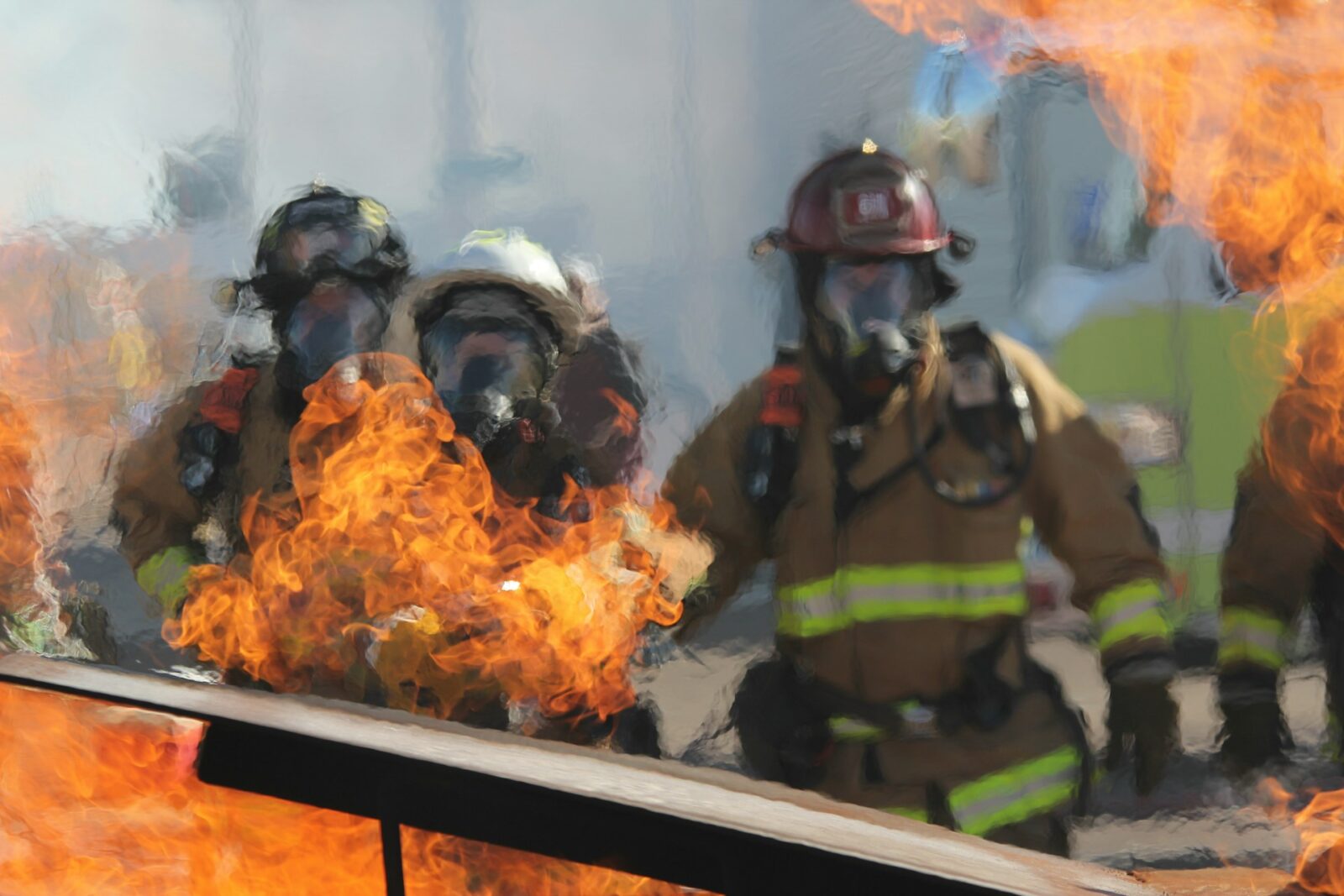Fire fighting is among the most challenging careers in existence. It needs physical strength and also speed of thought and flexibility in stressful circumstances. Firefighters have been well trained using traditional training techniques over the years, however with advancing technology, so does the tools that can be used to prepare them. Move to immersive virtual reality (VR) training; a revolutionary methodology that immerses firefighters in the real-life experience of an emergency, without them ever having to leave a classroom or a training facility. The new approach is transforming the way they train to face the challenges of life and make them better in life, and at the same time, it focuses on safety. Now, we can get into the application of VR to revolutionize firefighter training and its implications on those who risk their lives fighting flames on a daily basis.
The Benefits of VR Training for Firefighters
The use of Virtual Reality training is changing the way firefighters train on emergency response. It exposes them to fake conditions, which enables them to practice in real life without the risk of live fire.
Improved decision making skills is one of the key advantages. There are several situations the trainees can go through, which train them to think critically when they are under pressure. This experience is directly relevant to real life circumstances.
Also, immersive vr training systems for firefighter leads to group work and teamwork. Firefighters are taught to communicate among themselves in high-stress situations and this leads to trust among team members.
Another benefit is cost-effectiveness. Virtual simulation eliminates the expense of using any equipment or facilities and still offers a good hands-on experience.
In addition, access is an important factor; departments are able to train a greater number of personnel at the same time no matter where they are located. Such flexibilities means all firefighters get uniform and extensive training that suits them.
Real-Life Scenarios in Virtual Reality
Virtual reality training will enable the firefighters to experience life situations in the fire without the risks of a real fire. They are able to address simulated conditions, including house fire and a spill of hazardous materials.
The technology forms realistic settings that simulate smoky rooms and riot streets. Firefighters are taught to manoeuvre themselves through such obstacles as they ensure they are able to make decisions in moments of strain.
Students interact with virtual features such as collapsing walls or virtual fire. This practical learning creates muscle memory and confidence in the ability to deal with emergencies.
Additionally, the trainees are able to repeat scenarios as frequently as possible. This repetition becomes firmly in place and they are more prepared in case of real crisis.
Such simulated realities also offer a secure environment where teamwork activities are conducted, which allows crew members to communicate well in times of high stress. The cooperative element plays a key role; it reflects on-the-ground dynamics that happen in actual incidents in which all levels of response are prepared.
Safety Precautions and Risk Management
The most important consideration in firefighter immersive VR training is safety measures. Controlled virtual environments still have threats, when managed improperly.
Equipment checks should be done prior to any session. Maintaining the correct functionality of headsets and controllers will reduce the occurrence of accidents in training situations.
Participants must also have good guidelines on how the virtual environment works. This knowledge about controls and risks helps them be better prepared in real life.
Also, instructors would have to keep close eye on the participants during the experience. This monitoring makes it possible to intervene immediately when a person seems to be lost in the simulation or become overwhelmed.
Regular feedback sessions will also be included to determine which areas can be improved in terms of training protocols and safety measures. Organizations could contribute to general preparedness without undermining well-being by making the culture of communication about safety issues more open.
Success Stories: How VR Training has Improved Firefighter Preparedness
The examples of successful fire departments showcase the transformative nature of immersive VR training in improving the preparedness of firefighters. These stories demonstrate that technology can redesign conventional practices and result in better results in case of an emergency.
A prime example is when one fire department in California adopted VR simulations as part of their training program. They could see that response times during live drills changed greatly after the implementation of this program. Firefighters said they felt more confident when under pressure because the virtual scenarios allowed them to practice the decision-making skills without any consequences.
Likewise, a different department in the East Eastern part also used VR training to train their new firefighters. They discovered that the trainees were more prepared to cope with different environments, in this case residential buildings or industrial facilities. These trainings were immersive to give the new recruits an understanding of the hard conditions they would face such as zero visibility, as a result of smoke etc, preparing them to face what they would face in real calls.
Shared virtual experiences have also allowed departments to report improved team dynamics. Training in VR made firefighters closer and enhanced their communication skills needed to work effectively in the event of an emergency.
With all these success stories, this is one of the areas that more fire departments are realizing the importance of incorporating advanced technology in their training procedures. Clearly, immersive VR is not a fad; it is influencing the future of firefighting by improving skills, fostering confidence, and finally saving lives through improved preparedness plans that face the current challenges directly.

















Leave a comment